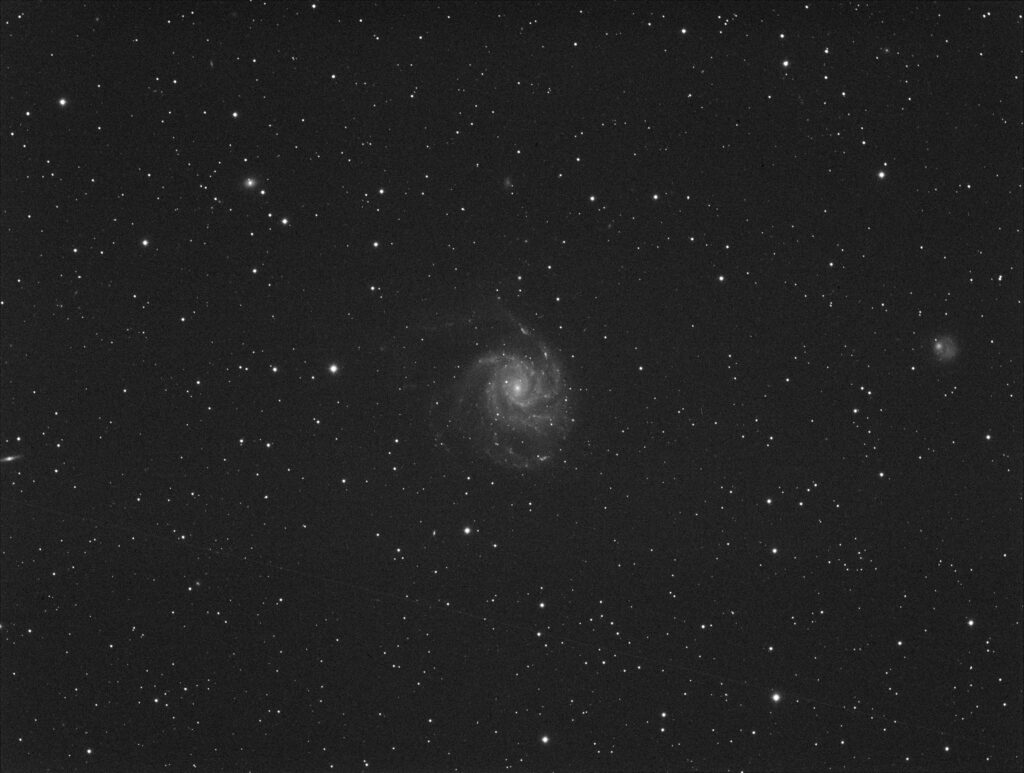Rosalyn Fey, OSU Astronomy Club Secretary
On May 17, 2021, the Astronomy Club hosted a virtual star party featuring Tom Carrico, local amateur astrophotographer and instructor of astrophotography at OSU. Tom used his telescope in Dark Sky, New Mexico to remotely image the night sky and give everyone a chance to make astronomical observations from the comfort and safety of their homes.
The party started with a presentation from Elaine Swanson, a post-baccalaureate student and founder of OSU’s Astrobotany Research Group, and continued with 2 hours of real-time astrophotography image capture and processing. Tom imaged some classic astronomical objects, such as the Sombrero Galaxy (M104), and also took requests from participants. Favorite objects included the Pinwheel Galaxy (M101), the Owl Nebula (M97), the Ring Nebula (M57), and the Great Globular Cluster (M13). Other objects of astronomical interest included M87, the galaxy which hosts the supermassive black hole first imaged in 2019 by an international collaboration using the network of telescopes known as the Event Horizon Telescope.
Participants learned about each imaged object, and about the equipment, software and procedures used for remote astrophotography. Tom covers many of these topics in PH299: Astrophotography and Astronomy, currently offered in spring term.
The Astronomy Club plans to continue hosting virtual star parties with Tom in the future to increase accessibility of night observations, and engage more people in this exciting experience! Please join us at our next virtual star party! For information about our club and events, visit our website at https://blogs.oregonstate.edu/astronomyclub/.




















